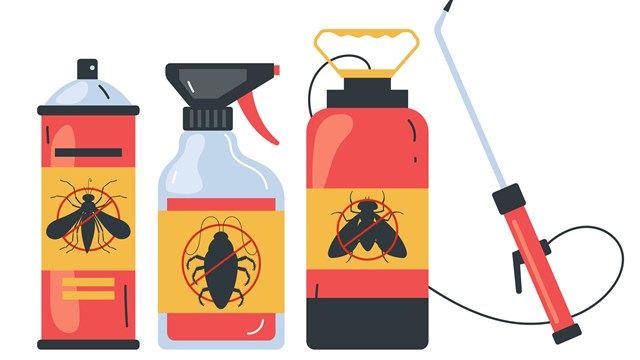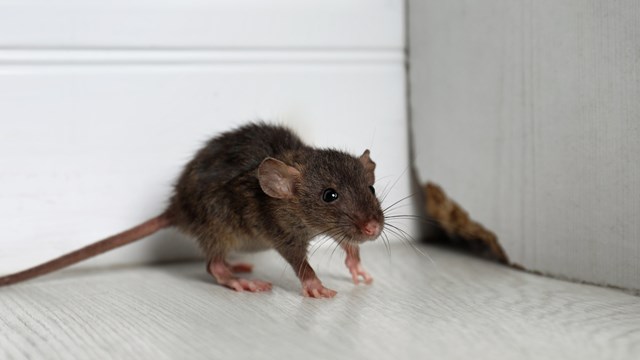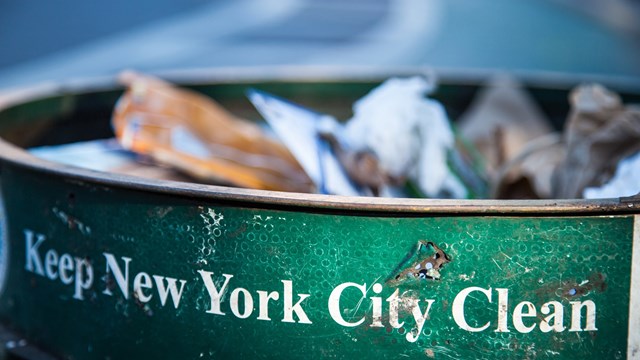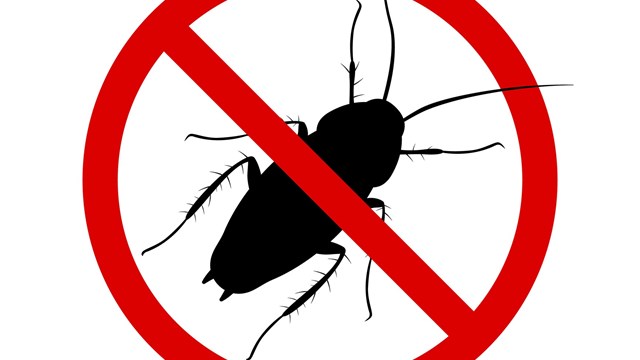
Keeping your property free of rats and mice is a perpetual problem for home and property owners. New York City recently put noted rodentologist Bobby Corrigan on the payroll fulltime to combat its burgeoning rat problem. Heading a beefed-up squad of special inspectors known as the “Rat Pack,” Corrigan and his crew are patrolling the city to root out rodent infestations, visiting as many as 200 buildings a day. If cited, property owners have two weeks to evict the varmints or face a fine.
Eviction is rarely easy. Widespread and abundant, rats and mice are considered the second and third most successful mammalian species inhabiting Earth today. Only humans have proved more adaptable. Spread throughout the world by early seafarers, rats and mice are found on all Earth’s continents, exhibiting an amazing ability to adapt to extreme and harsh climate conditions. Rodents thrive in diverse environments from swampy river banks and city sewers to the upper branches of trees and the top floors of high-rise buildings. Opportunistic survivors that live with and near humans, Corrigan calls rats “a barometer for human activity.”
Rats and mice have long been a problem in large metropolitan areas where food sources and hiding places abound. The low shrubbery, parked cars, construction sites, abandoned buildings, tunnels and sewers common in cities provide ideal cover and harborage. Overflowing dumpsters, trash bags stacked along sidewalks and lunch bags tossed in sidewalk garbage cans provide a never-ending food source. But mice and rats are not relegated to cities. As natural habitats in fields, woods and rivers have given way to development, rodents increasingly seek harborage in suburban homes and multi-family dwellings. A recent History channel special, Life After People, postulated that without man’s refuse to feed on, rats and mice would be among the first animals to perish should man become extinct.
The challenge in keeping rodents out of a building is to find and seal off entry points. It’s narrow skull and flexible body allows rodents to creep into homes through small cracks, holes and crevices and along sewer and pipe outlets. It’s said that if a mouse can fit his nose in a hole, he can squirm his body through it. Adept climbers, they use their long tails for balance. While mice are quite small, often only an inch or two in length and weighing less than an ounce, rats grow to 5 or more inches in size and can weigh a pound or more.
Primarily nocturnal, rats and mice build nests of sticks and leaves or nest in burrows. They live in polygynous groups of multiple males and females, the females breeding throughout the year. A mature female can produce up to five litters a year of 6 to 12 pups. Young rodents reach maturity quickly and are capable of reproducing by 3 to 5 months of age. In the wild rodents generally live 6 months to a year but have been known to live up to four years in captivity.
Aggressive in defending their territory, rodents exhibit many destructive behaviors that create problems for home and property owners. They contaminate food sources with their urine and feces, gnaw through baseboards and walls, destroy farm and garden crops and fruit trees, and spread internal parasites and mites that can infect pets and humans. Rat fleas carry a number of diseases that pose a serious danger to humans, pets and livestock.
In the Middle Ages, the Black Plague (also called the Black Death), carried and spread by the rat flea, decimated human populations worldwide killing more than 20 million. Bubonic plague spread by rats killed tens of millions during the 19th century Asian pandemic. Each year approximately 3,000 cases of bubonic plague are reported worldwide in Asia, Africa, the U.S. and South America. Scientists fear that global warming may increase the incidence of plague which favors warmer climates. In 2006, campgrounds were closed for three weeks in Natural Bridges National Monument in Utah when bubonic plague was detected in field mice and chipmunks. Rats and mice can also spread disease through parasites and feces. In the early 1990s, a deadly outbreak of Hantavirus Pulmonary Syndrome in New Mexico was linked to breathing the dust of mouse feces. Characterized by hemorrhagic fever and renal failure, a disturbing number of cases of the untreatable hantavirus have been reported each year in the U.S.
The typical rodent elimination arsenal includes snap traps, rodenticides and mechanical traps. Though these products may be effective in killing rodents, they do not stop rodents from continuing to infiltrate a building. To effectively eliminate rodent problems, all points of ingress must be fully sealed. Now a revolutionary new “green” system helps home and property owners locate ingress and egress points, allowing rodents to be trapped and removed, nests to be located and destroyed, and entry points to be effectively sealed. The innovative Track & Trap rodent control system, available in both mouse and rat sizes, is the smart, “green” way to take care of rodent problems.
The Track & Trap system features a special tracking box that is loaded with a food attractant and surrounded by a powdered, environmentally-friendly fluorescent chemical. As mice or rats scurry around the food trough, their feet and bodies become dusted with fluorescent powder. Ultraviolet light sensors allow pest control experts to pinpoint ingress points and even follow rodents back to their indoor dens. This allows traps to be targeted effectively, rodents and nests inside the building to be eliminated, and entry points to be permanently sealed to prevent further rodent aproblems.
Douglas Stern is the managing partner of Stern Environmental Group based in Secaucus, New Jersey.









Comments
Leave a Comment